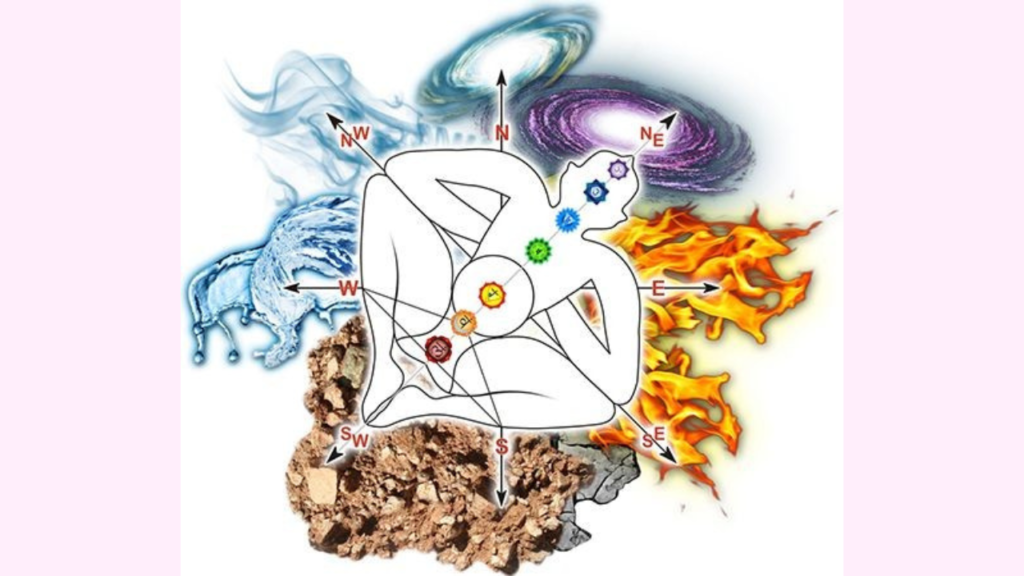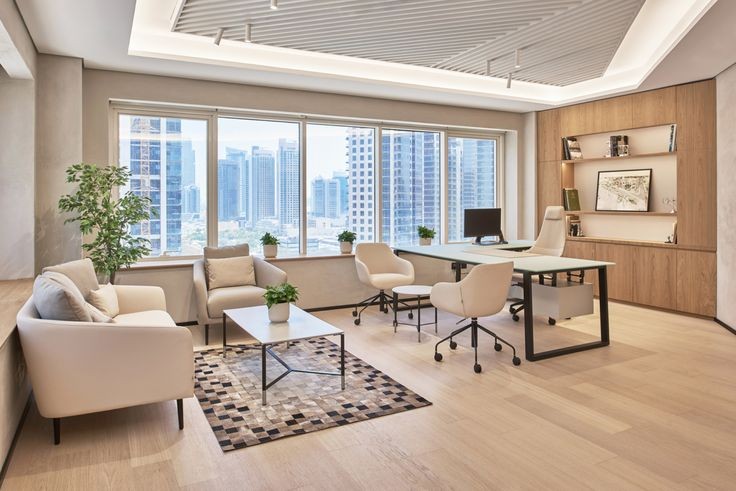
Vastu: Where Design Meets Well-being
Vastu Shastra is an ancient Indian architectural philosophy and methodology of design that places a strong emphasis on the harmonious coexistence of built environments with cosmic energy. It includes guidelines for building design, orientation, and layout with the goal of generating areas that support prosperity, health, and all-around well-being. Vastu believes that following these rules may have a favourable impact on a variety of facets of life, including relationships, health, and success. It considers things like directional alignment, spatial layout, and elemental balance. Vastu is profoundly rooted in Indian culture and architectural practises, but its applications may also be observed in other regions of the world where people aim to build places that are in tune with cosmic forces and nature.

Vastu For Home :
Creating dwelling spaces that are completely in tune with cosmic forces and natural elements is the goal of the ancient Indian architectural practise known as vastu for house. The layout, orientation, and design of a home must be in harmony with the cardinal directions, with specific attention paid to the northeast, which is seen to be extremely fortunate. The arrangement of rooms, entrances, and necessary components like the kitchen and bedrooms is dictated by vaastu principles to achieve the best possible energy flow and balance. Additionally, it offers suggestions for using particular materials, hues, and ornaments that harmonise well with the surroundings. According to Vastu principles, a home may improve the wellbeing, wealth, and general quality of life for its occupants. It’s important to remember that Vastu is a matter of personal belief and is not supported by science, nevertheless.


Vastu For Office :
Vastu for office is a traditional Indian architectural and design practice focused on creating workspaces that promote productivity, harmony, and success. It entails coordinating the office’s layout, orientation, and design with cosmic energies and natural forces; traditionally, the northeast and north orientations are prioritised for their ability to attract good energy. Vastu principles direct the location of key components including conference rooms and entrances as well as the layout of workstations, chairs, and desks in offices to improve productivity and leadership. To further promote a positive work atmosphere, Vastu advises using a variety of materials, colours, and decorations. It’s vital to remember that Vastu is a belief system and has not been established scientifically, even though it is said to promote professional development and success.
Vastu For Commercial Site :
Vastu for a commercial site refers to the application of classical Indian architectural concepts to office and commercial premises in order to maximise success, financial prosperity, and good energy flow. It includes choosing a favourable location and orientation for the site, frequently favouring open regions in the north and east for key entrances and important places. To guarantee the best energy balance and customer flow, Vastu principles are used to guide the layout, design, and location of buildings, offices, retail spaces, and other elements within the commercial site. Vastu considerations also encompass elements like interior design, landscaping, and signage, all of which are intended to create an atmosphere that fosters company expansion and profitability. But it’s crucial to understand that Vastu is a belief system, and whether it works depends on the individual.


Vastu For Industries :
Vastu for industries is the practise of incorporating conventional Indian architectural and design concepts into commercial spaces with the intention of increasing output, effectiveness, and overall success. It focuses on choosing a suitable site and orientation for the industrial complex, frequently favouring the northeast and east orientations for entrances and important operating areas. With an emphasis on maximising energy flow and reducing obstructions, vaastu principles dictate the form and organisation of equipment, office spaces, and administrative facilities. It also offers guidance on matters like where to arrange raw materials, completed items, and waste disposal to facilitate efficient operations. It’s vital to remember that Vastu is a belief system and has not been scientifically verified, even though it is thought that following its principles can lead to economic prosperity and stability in industrial endeavours.
Vastu For Land/Property Sell :
Vastu for selling real estate entails using conventional Indian architectural principles to increase the likelihood of a successful and lucrative transaction. Choosing a favourable time and date to advertise the property, often during a favourable astrological alignment, is part of it. According to Vastu, the house should be cleared and cleaned to get rid of negative energy and make it more appealing to potential buyers. It also recommends keeping a welcoming and well-kept entry to the property, as well as creating a welcoming and well-maintained entrance, as well as employing certain hues and decorations that are supposed to bring positive energy and possible buyers. It’s critical to bear in mind that, despite the fact that some individuals think that vaastu would expedite real estate negotiations, this is not a practise that has been scientifically validated.

Certainly, here’s an overview of Vastu Shastra with key points:
Ancient Indian Science:
The Vedic scriptures are the source of the ancient Indian architectural and design knowledge known as Vastu Shastra.
Harmony with Nature:
Vastu places a strong emphasis on how important it is to align buildings and structures with natural forces like the sun, wind, water, and soil in order to create a peaceful atmosphere.
Cosmic Energy:
Buildings should be positioned in accordance with the cardinal directions, with the northeast orientation being particularly fortunate, since this is said to tap into cosmic energy.
Layout and Orientation:
Vastu principles specify how buildings should be laid up and oriented, including where to put rooms, doors, and windows to maximise energy flow and balance.
Five Elements:
According to Vastu, each direction corresponds to one of the five elements (earth, water, fire, air, and space), and it is recommended that these elements be in harmony in a given area.
Room Functions:
With careful thought given to the placement of bedrooms, kitchens, and other areas, specific purposes are advised for each room depending on its location and orientation.
Materials and Colors:
To guarantee that the construction materials, colours, and accents are in tune with the overall design and energy flow, Vastu advises the choosing of these elements.
Personal and Professional Success:
Vastu is used in a way that is thought to promote wealth and success in both the personal and professional spheres as well as overall health on all levels (physical, mental, and spiritual).
Remedies and Corrections:
Vastu practitioners frequently advise cures and repairs, which could entail moving furniture around or making structural adjustments, to lessen bad energy or design defects in existing structures.
Cultural Significance:
Vastu is deeply ingrained in Indian culture and religion, affecting architectural and design decisions for houses, temples, and other buildings.
Not Universally Accepted:
Vastu is a belief system that has not been scientifically or widely recognised. Depending on one’s own ideas and cultural practises, it may or may not be useful or relevant.
Global Influence:
Vastu is a system of architecture that has its roots in Indian culture but has becoming more well-known abroad as people want to design spaces that encourage harmony and wellbeing.
Remember that Vastu is a matter of personal conviction, and that regional and cultural interpretations can greatly affect how it is used.

